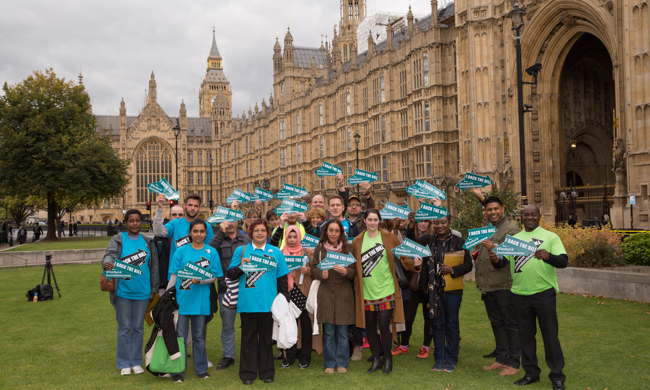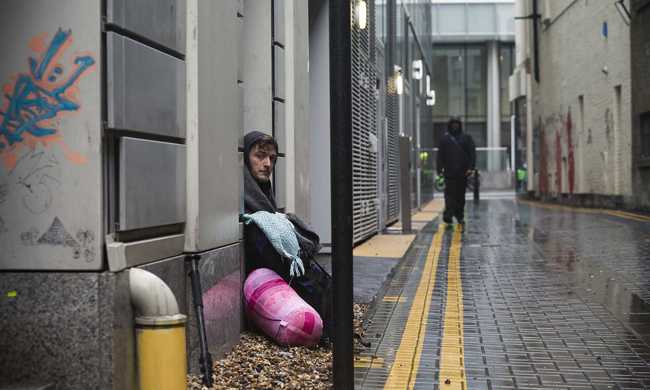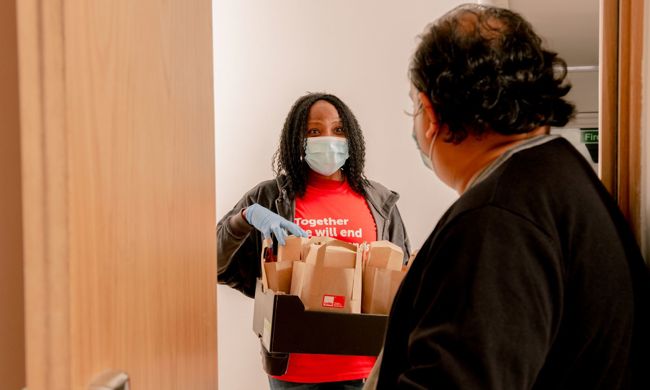National Survey of Programs and Services for Homeless Families
Most homelessness
Homelessness is devastating, dangerous and isolating
The average age of death for people experiencing homelessness is 45 for men and 43 for women.
People sleeping on the street are near 17 times more likely to have been victims of violence. More than one in three people sleeping rough have been deliberately hitting or kicked or experienced some other class of violence whilst homeless.
Homeless people are over nine times more likely to take their own life than the general population.
What causes homelessness?
People become homeless for lots of different reasons. There are social causes of homelessness, such as a lack of affordable housing, poverty and unemployment; and life events which push people into homelessness.
People are forced into homelessness when they leave prison house, care or the army with no home to go to. Many women experiencing homelessness have escaped a violent or abusive relationship.
Many people become homeless because they tin no longer afford the rent.
And for many, life events like a relationship breaking down, losing a job, mental or concrete health problems, or substance misuse put people nether considerable strain. Being homeless tin, in plough, make many of these problems even harder to resolve. Nonetheless, in almost all cases homelessness is preventable and in every case it can be ended.
Read more
To find out more about the factors that contribute to homelessness please read:
- Benefits and employment
- Wellness and wellbeing
- Housing
- Police force and rights
- Crude sleeping
How many people are homeless?
There is no national figure for how many people are homeless across the UK. This is because homelessness is recorded differently in each nation, and because many homeless people do non show up in official statistics at all.
Crisis carries out an annual study in response to concerns that many people experiencing homelessness are not beingness accurately recorded in official statistics. Known as core homelessness, it includes rough sleeping, people living in sheds, garages and other unconventional buildings, sofa surfing, hostels and unsuitable temporary accommodation such as B&Bs.
On whatsoever given night, tens of thousands of families and individuals are experiencing the worst forms of homelessness across Great Britain, this includes over 200,000 households in England lone. For the last five years' core homelessness has been rise yr on year in England, reaching a peak just earlier the pandemic when the numbers of homeless households jumped from 207,600 in 2018 to over 219,000 at the end of 2019. By the end of 2021, 227,000 households across Britain were experiencing the worst forms of homelessness.
Read more
The Homelessness Monitor is a longitudinal study providing an independent analysis of the homelessness impacts of recent economic and policy developments in the United kingdom of great britain and northern ireland.
- The Homelessness Monitor
Types of homelessness
Rough sleeping
Rough sleeping is the nigh visible and dangerous form of homelessness, and when most people call up of a homeless person they tend to recollect of someone sleeping rough on the streets. The longer someone experiences rough sleeping the more likely they are to face challenges around trauma, mental health and drug misuse.
Statutory homelessness
Local authorities have a duty to secure a home for some groups of people. This is often referred to as the main homelessness duty. Every year, tens of thousands of people employ to their local authority for homelessness assistance.
To exist legally divers as homeless you lot must either lack a secure identify in which you lot are entitled to live or not reasonably be able to stay. However, in order to receive help under the chief homelessness duty, there are further strict criteria that you have to meet. Local authorities may initially provide temporary accommodation to households who might encounter these criteria, mainly families with children.
Hidden homelessness
Many people who are not entitled to assist with housing, or who don't even approach their councils for help, aren't counted in the official statistics. This is why Crisis carries out its annual study on core homelessness.
Many stay in hostels, squats or B&Bs, in overcrowded accommodation or 'concealed' housing, such as the floors or sofas of friends and family.
At risk of homelessness
Some people are more at risk of being pushed into homelessness than others. People in low paid jobs, living in poverty and poor quality or insecure housing are more likely to experience homelessness.
Read more
- Different types of homelessness
What we're doing to end homelessness
We don't think homelessness is a trouble that's likewise large to solve.

Entrada
We work with thousands of campaigners, homeless people, allies and influencers to get the lasting alter we need to cease homelessness.

Nosotros requite the facts about homelessness
Crisis is a leading source for knowledge on homelessness in the U.k.. Our noesis hub has research near the causes and impact of homelessness.

Improving practise
Our Best Practice team supports Crisis services and external organisations to fix and develop projects to end homelessness.
What you can do
There are lots of means you tin support our work and assist end homelessness.

Entrada
Help us campaign for the changes we know are needed to cease homelessness for skillful.

Fundraise
Bring together an upshot, fundraise at your organization or do your own matter.

Donate
Make a one-off souvenir, or set a regular donation. You can likewise pay in money you've already raised.

Volunteer
Past volunteering with Crunch you tin make a existent divergence to people experiencing homelessness.
Source: https://www.crisis.org.uk/ending-homelessness/about-homelessness/
0 Response to "National Survey of Programs and Services for Homeless Families"
Post a Comment